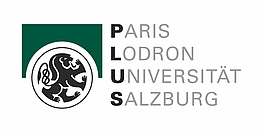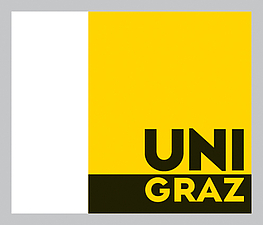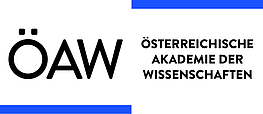Quasi-Monte Carlo Methods: Theory and Applications
FWF Special Research Program (SFB)
Project Part 08 (G. Leobacher): Adapting QMC Algorithms to the Simulation Problem
SFB funding period 2 (2018-2022)
In this project, we want to make problems from applications, which are not accessible by exact calculation, and for which Monte Carlo methods are the only means of getting an approximate solution, (more) suited for simulation using low-discrepancy point sets and sequences. Latter have been developed to achieve faster convergence rates than the usual order $1/2$ for Monte Carlo. This works well for certain spaces of functions on the unit cube.
Practical problems, especially from finance, can in general not be transformed into ones on the unit cube in a way such that established error bounds hold. Nevertheless, some of the concepts from certain spaces of functions on the unit cube carry over to certain spaces of functions on the ${\mathbb R}^d$, the so-called Hermite-Spaces. In particular, the concepts of weighted spaces and related notions of tractability can be studied and answered in these spaces as well. But still most problems can be transformed into ones which have smaller error bounds in those spaces.
We develop several transforms, linear (Brownian-bridge) and non-linear (smoothing techniques), to make integrands more suitable for the treatment with QMC. We study theoretical foundations of existing techniques and develop new ones, using theoretical findings.
The classes of models which will be studied will include stochastic differential equations (in particular) with irregular coefficients, piecewise deterministic Markov processes and backward stochastic differential equations. All of these processes have wide areas of application, in particular in mathematical finance.
SFB funding period 1 (2014-2017)
The project is located at the interface between quasi-Monte Carlo methods (QMC) and applications in finance and natural sciences. Hereby the main questions are how to reformulate a given high-dimensional integration problem to make it more suitable for QMC, which used to be recommended as a method for problems of low to moderate dimensions.
One of the most fruitful approaches known is to express the problem as an expectation of a function depending on independent standard normal variables and concatenate the function with a carefully chosen orthogonal transform. For very high-dimensional problems another important requirement is that the transform can be computed sufficiently fast. Examples of such transforms are the Brownian bridge construction and the principal component analysis construction.
A python library implementing a wide range of fast orthogonal transforms and applications from finance is freely available from
https://github.com/isabelpirsic/fastOrthoTrafo
In the present project we aim to further strengthen the theoretical basis for the use of orthogonal transforms with QMC and to find algorithms for constructing fast transforms for different types of problems from mathematical finance.







